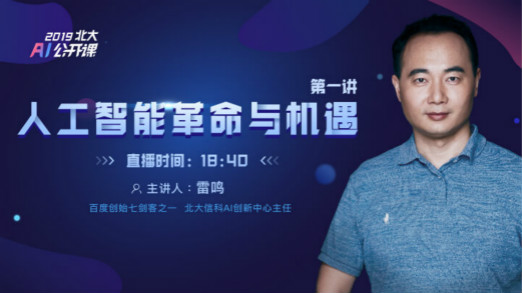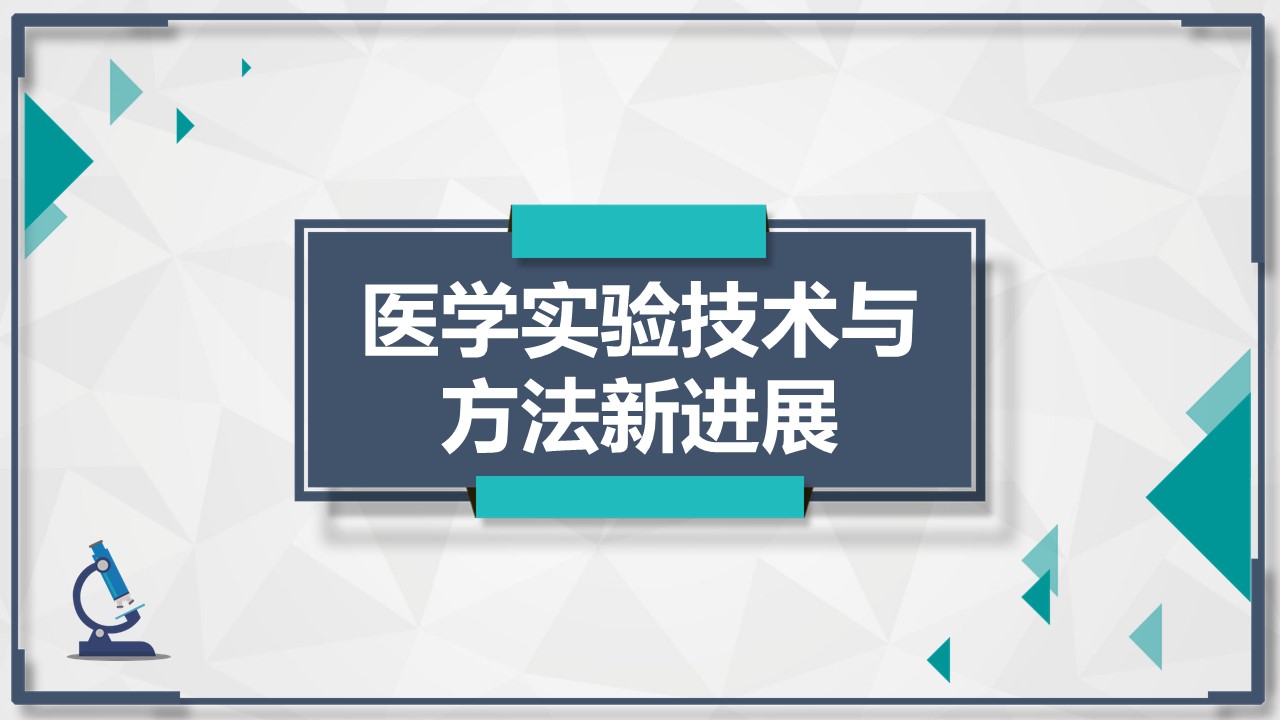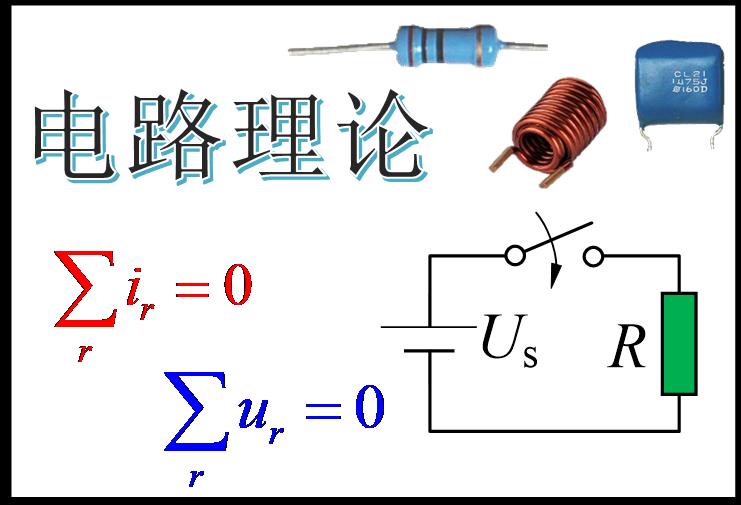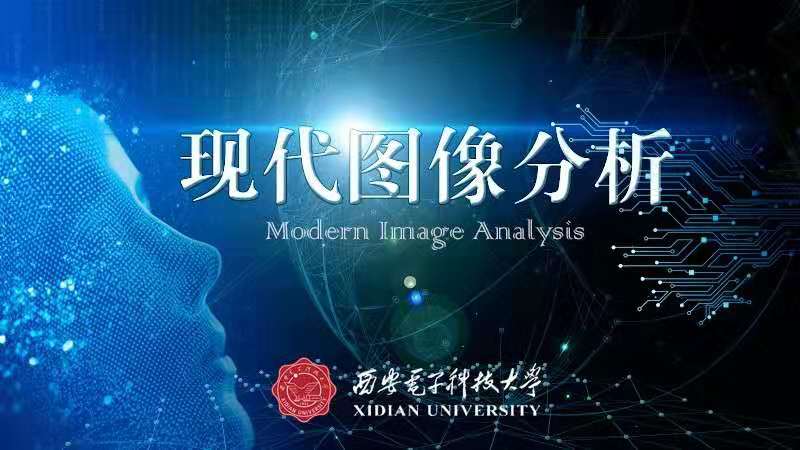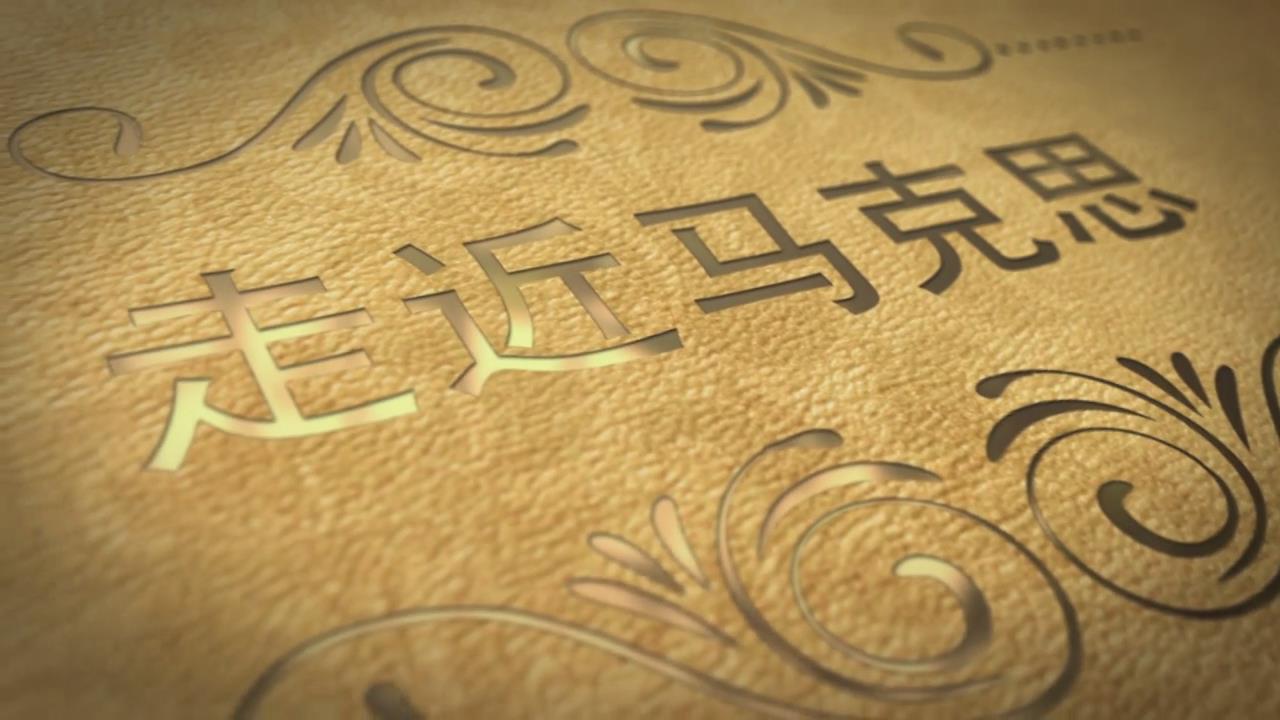
当前课程知识点:Green Economy from China's Stories > 6. Green Economy > 6.2.2 Actions on Green Economy and Future Development Trend of Green Economy > 6.2.2 Actions on Green Economy and Future Development Trend of Green Economy
返回《Green Economy from China's Stories》慕课在线视频课程列表
返回《Green Economy from China's Stories》慕课在线视频列表
大家好
欢迎进入
《绿色经济与中国实践》大课堂
请大家思考两个问题
第一 你有过哪些绿色经济行动
第二 你认为绿色经济未来发展趋势如何
在大家思考以上两个问题之后
我们来看看国际上和中国
为实现绿色经济所采取的行动
首先介绍一下世界
为实现绿色经济采取的行动
1972年
联合国召开了有史以来第一次“人类与环境会议”
讨论并通过了著名的《人类环境宣言》
1972年罗马俱乐部发表研究报告《增长的极限》
提出了
人与环境均衡发展的绿色概念
1987年
联合国环境与发展大会
发布研究报告《我们共同的未来》
形成人类建构绿色文明的纲领性文件
1992年
联合国环境与发展大会 通过《21世纪议程》
强调和深化了人们
对可持续发展理论的认识
提出了全球性的可持续发展战略
进一步为绿色社会的建设提供了重要的制度保障
真正拉开了绿色时代的序幕
2002年联合国世界首脑会议
要求各国更好地执行
《21世纪议程》的量化指标
2008年联合国环境规划署
推出全球“绿色新政”(Great Green New Deal)计划
该计划拟通过在全球范围内
大力发展绿色经济来扩大需求 刺激经济增长
2009年哥本哈根气候大会上
气候科学家一致认为
不能以环境破坏为代价的换取世界经济的发展
2010年 世界银行和国际货币基金组织
提出通过生物多样性估价
以及更官方 更通用的生物多样性财政政策
积极推进以彻底的零排放
和零浪费为目标的绿色基金计划
2012年联合国可持续发展大会上
提出以发展绿色经济为主题
明确了全球经济向绿色转型的发展方向
由此绿色经济和绿色发展成为全球共识
再来看一下
中国为实现绿色经济采取的行动
2009年第五届中欧工商峰会上
温家宝指出
必须建设
低投入 高产出 低消耗 少排放 能循环 可持续的
绿色国民经济体系
通过转变现有发展模式和消费模式
才能推动人类社会走上
生产发展 生活富裕 生态良好的发展道路
2011年国务院政府工作报告上
温家宝指出
要积极应对气候变化
加强资源节约和管理
提高资源保障能力
加大耕地保护 环境保护力度
加强生态建设和防灾减灾体系建设
全面增强可持续发展能力
2010年博鳌论坛2010年年会开幕式上
习近平指出
推进亚洲绿色发展和可持续发展不仅需要
弘扬生态文明理念
和环保意识
加快开发低碳技术
高效节能技术
提高新能源和可再生能源比重
而且要加强宏观经济政策协调
加强节能减排
环保 新能源等领域合作
2010年绿色经济与应对气候变化国际合作
会议开幕式上
李克强指出
通过加快转变经济发展方式
积极推动绿色发展
倡导绿色消费
完善经济全球化体制
形成有利于绿色经济发展的环境
有助于促进绿色发展
与应对气候变化国际合作结合起来
2010年中国发展高层论坛
国家发改委主任张平指出
坚持绿色发展
加强能源
资源节约
和生态环境保护
积极应对全球气候变化
2011年应对气候与绿色低碳发展
高级国际研讨会上
国家发改委副主任谢振华指出
为加强应对气候变化
促进可持续发展
各国应该从本国国情出发
确认适合自身绿色低碳发展的道路
加强国际合作
把技术创新
作为全球绿色低碳发展的动力
2011年
亚太经合组织第十九次领导人非正式会议
胡锦涛指出
应加快转变经济发展方式
提高经济增长质量
努力推动经济平衡 包容 可持续 创新 安全增长
2015年党的十八届五中全会强调
实现“十三五”时期发展目标
破解发展难题
厚植发展优势
必须牢固树立并切实贯彻
创新 协调 绿色 开放 共享的发展理念
2017年党的十九大报告中
习近平总书记指出
大力推进生态文明建设
全党全国贯彻
绿色发展理念的自觉性和主动性显著增强
忽视生态环境保护的状况
明显改变
最后我们再来看一下
绿色经济未来的发展趋势
未来
绿色经济将以新技术 新业态 新社会形态和新理念等新形式
给人类社会带来全新的面貌
随着绿色技术驱动
以新能源
新材料 新能源汽车等为代表的绿色新兴产业
迎来发展的契机
共享经济
平台经济 数字经济等绿色新业态将持续进化
渗透全产业链
重塑资源配置结构和生产模式
推动从生产 流通 到销售环节的绿色化;
未来城市化发展方向将会是
聚合绿色基础设施
绿色建筑 绿色交通的绿色新型城镇化
消费升级背景下
绿色消费需求将持续增长
驱动绿色产品和服务的输出
成为拉动经济增长的新驱动力
将来
随着绿色技术的进步
以新能源汽车为代表的绿色新兴产业
规模快速增长 覆盖领域将进一步扩大
在政策支持和技术驱动的背景下
新能源
新材料 新能源汽车等绿色新兴产业快速发展
推动能源结构优化
助力可持续发展
自新能源汽车被列入
国家战略新兴产业以来
各项扶持补贴政策大力推动
新能源汽车产业的发展
自2015年开始
新能源汽车产量销售呈现快速增长态势
产业规模逐渐扩大
企业加快创新
吸引资本流入
由补贴支持发展
逐渐转为市场化发展
截至2017年年底
我国新能源汽车保有量达153万辆
但只占汽车总量的0.7%
该绿色新兴产业仍有
巨大的发展空间和潜力
未来将与更多业态结合
覆盖更多的领域
将来
在消费升级背景下
绿色消费需求持续增长
驱动绿色产品和服务的输出
成为新的拉动经济增长的驱动力
消费者对绿色食品
绿色家电 绿色服装等绿色消费品
需求和关注度增加 倒逼市场输出更多绿色产品
绿色消费观念
影响消费者对购物过程和方式的选择
推崇网购
购物包装简化 电子化
绿色环保意识
驱动消费者选择更为环保的出行方式
购买节能环保的新能源私家车
短途搭乘自行车 公交车等
绿色消费者更加注重
居住 办公等空间的环保及安全程度
体现在购房
选择家装材料 家居产品上
随着新业态助力绿色发展
共享经济渗透产业端
资源配置将进一步优化
推动全产业链绿色化发展
共享经济是通过信息技术搭建的平台
实现闲置资源要素的快速流通
和高效配置
从而达到减少资源浪费
提高资源利用率的绿色效益
随着共享模式在产业经济中的渗透
共享经济从
共享出行 共享空间 共享闲置物等实体资源共享
逐渐扩展到共享技能 共享时间等非实体资源领域
在技术进步
政策支持 消费升级的大背景下
共享经济将会持续进化
渗透到各类产业中
在生产 流通 销售等各个环节优化资源配置
提高资源利用效率
驱动全产业链绿色生态化
未来
绿色经济将会推动
绿色新型城市化建设
形成生态化 智慧化的新社会形态
我国城市化经历了
以速度加快 规模增加为主的发展时期
现阶段
中国已经正式进入城市主导型社会
城市化快速推进的背后是巨大的环境和资源力
因此 绿色城市化将成为未来城市化的发展基调
绿色新型城市化的发展
引导绿色基础设施
绿色建筑 绿色交通等领域的发展
将会带动区域产业结构调整
和各类实体经济的绿色化转型
今天给大家介绍了
绿色经济的行动
与绿色经济的未来发展趋势
这节课就到这里
谢谢大家
下次见
-1.1.1 Global Environmental Issues and Ecological Crisis
--1.1.1 Global Environmental Issues and Ecological Crisis
-1.1.2 Environmental Issues and Governance Results in China
--1.1.2 Environmental Issues and Governance Results in China
-1.2.1 Attention from the International Community to Ecological and Environmental Issues
--1.2.1 Attention from the International Community to Ecological and Environmental Issues
-1.2.2 Reflection of the International Community on Ecological and Environment Issues
--1.2.2 Reflection of the International Community on Ecological and Environment Issues
-1.2.3 China's Practice of Ecological and Environmental Protection (a)
--1.2.3 China's Practice of Ecological and Environmental Protection (a)
-1.2.3 China's Practice of Ecological and Environmental Protection (b)
--1.2.3 China's Practice of Ecological and Environmental Protection (b)
-1.3 The Origin of Ecological and Environmental Issues
--1.3 The Origin of Ecological and Environmental Issues
-Chapter I Test
-2.1 Teaching Materials
-2.2 Practice in China
-Chapter II Test
-3.1 Research Hotspots
-3.2.1 Industrial Ecology
-3.2.2 Environmental Value Spillover
--3.2.2 Environmental Value Spillover
-3.2.3 "Two Mountains" Theory (a)
--3.2.3 "Two Mountains" Theory (a)
-3.2.3 "Two Mountains" Theory (b)
--3.2.3 "Two Mountains" Theory (b)
-Chapter III Test
-4.1.1 International background
--4.1.1 International background
-4.1.2 Background in China
-4.2 3R Principles
-4.3 3 levels
-4.4.1 Progress
-4.4.2 Policies
-Chapter IV Test
-5.1 The concept of Low-carbon Economy
--5.1 The concept of Low-carbon Economy
-5.2 The origin of the Low-carbon Economy theory
--5.2 The origin of the Low-carbon Economy theory
-5.3 Practice in Developed Countries
--5.3 Practice in Developed Countries
-5.4 Practice in China
-Chapter V Test
-6.1 The Concept of Green Economy
--6.1 The Concept of Green Economy
-6.2.1 Development and Research Progress of the Green Economy
--6.2.1 Development and Research Progress of the Green Economy
-6.2.2 Actions on Green Economy and Future Development Trend of Green Economy
--6.2.2 Actions on Green Economy and Future Development Trend of Green Economy
-6.3 Assessment Methods for Development of Green Economy
--6.3 Assessment Methods for Development of Green Economy
-6.4.1 Formation and Application of Green Economy Development Thought
--6.4.1 Formation and Application of Green Economy Development Thought
-6.4.2 Practice and Inspirations of Green Economy Development
--6.4.2 Practice and Inspirations of Green Economy Development
-Chapter VI Test
-7.1 The Concept of Sustainable Development
--7.1 The Concept of Sustainable Development
-7.2.1 The formation of sustainable development in China
--7.2.1 The formation of sustainable development in China
-7.2.2 China's Achievements in Sustainable Development
--7.2.2 China's Achievements in Sustainable Development
-7.3.1 EKC Hypothesis and Its Origin
--7.3.1 EKC Hypothesis and Its Origin
-7.3.2 Enlightenment of EKC on China's Environmental Governance
--7.3.2 Enlightenment of EKC on China's Environmental Governance
-Chapter VII Test
-8.1 The Connotation and Assessment Significance of Ecosystem Service Value
--8.1 The Connotation and Assessment Significance of Ecosystem Service Value
-8.2 The Research Progress of Ecosystem Service Value Assessment
--8.2 The Research Progress of Ecosystem Service Value Assessment
-8.3 Practice in China
-Chapter VIII Test
-9.1.1 Theoretical Concept
-9.1.2 Research Prospect
-9.2 Development Process of Ecological Footprint
--9.2 Development Process of Ecological Footprint
-9.3.1 Research Scale
-9.3.2 Research Industry
-Chapter IX Test
-10.1 Environmental Policy Assessment Standards
--10.1 Environmental Policy Assessment Standards
-10.2 Types of Environmental Policies (a)
--10.2 Types of Environmental Policies(a)
-10.2 Types of Environmental Policies (b)
--10.2 Types of Environmental Policies(b)
-10.3 Case study——River Chief Policy
--10.3 Case study——River Chief Policy
-Chapter X Test
-Final exam
--Final exam
